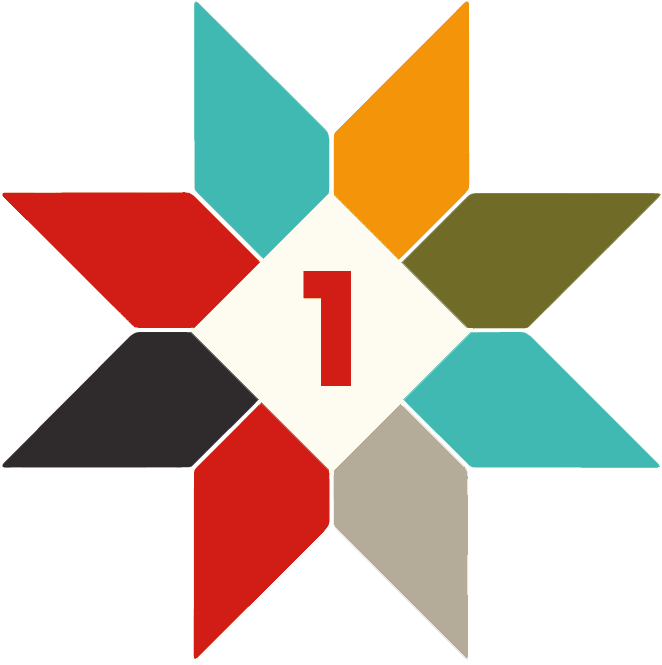Through my father I am Kwagiulth of the Kwakw a k a wakw Nation from northern Vancouver Island, in British Columbia. Through his mother, I am Coast Salish from Cheam of the St:lo Nation along the Upper Fraser Valley. On my mothers side of the family, I am descended from English, Irish and Scottish settlers who planted their roots in Saskatchewan. I built the Witness Blanket, and this is the story of how it came to be.

Careys father, Victor Newman, at the site of St. Marys in Mission, BC, the last residential school he was sent to. media one inc .
My Family
Being of mixed heritage, I have always felt conflicted about my experience growing up in Canada. This country provided one side of my family with the opportunity for a better life. At the same time, colonization has damaged generations of my Indigenous relatives.
In 1455, the Pope made a declaration that lands not occupied by Christians were vacant and that Christians could claim those lands as their own. This is known as the Doctrine of Discovery and was used by European countries to colonize distant lands. In 1763, King George III claimed lands in North America for Britain.
Before the first settlers came from Europe to North America, Indigenous Peoples had lived on and looked after this land since long before the Egyptian pyramids were built. During those pre-contact times there were hundreds of societies across the lands now called Canada. Among these ancient cultures there were distinctive beliefs, ceremonies, traditions and languages, most of which survive with todays First Nations, Metis and Inuit peoplewho are collectively known as Indigenous. I say survive because traditional culture and ways of life changed dramatically after colonization.
In 1867 Canada was formed when the British Parliament enacted the British North America Act. That act contained the first laws dealing with Indigenous people, and an original copy of it is inside one of the wooden boxes that hang from the bottom of the Witness Blanket. The reason I put it there is that, besides taking away land and other rights, the act claimed responsibility for educating Indigenous children. In 1876 the Indian Act was signed with the clear purpose of assimilating Indigenous people and erasing their cultures.

left: Careys grandmother, Mary Agnes Newman (nee Victor), with his aunt Georgina (left), aunt Doris (right), father Victor, in the striped shirt, and Victors baby brother Ted. courtesy of the newman family
right: Victor, Marion and Carey Newman outside their family home in Sooke, BC. courtesy of the newman family
These acts of colonialism affect me and my family in many ways. One way is through residential schools, which operated from the mid-1800s to the late 1990s.
My father was born in 1937 in the remote town of Alert Bay, British Columbia. At age seven he was taken from his parents and sent to a residential school far away from home. Residential schools were started by the Canadian government and run by churches. The goal was to erase Indigenous cultures by making children like my father think, speak and behave less like their own people and more like European settlers. At residential school my father wasnt allowed to speak Kwakwala, the language of his people. He couldnt learn about their traditional ways of living or cultural ceremonies. School authorities wouldnt even let him talk with his siblings. Losing these experiences hurt his connection to family and culture. It also changed how he thought of himself and altered who he grew up to be.
Documenting the Truth
Many people who have suffered trauma dont like to talk about their experiences. This is true for my father. To protect my sisters and me from feeling his trauma, he has shared only a few details about his years at residential school, never telling us about the abuse he endured.
From the time he left for school to just before his 19th birthday, the adults in his life were mostly residential school supervisors. They were the only parents he knew, and his relationship with them influenced his relationship with my sisters and me.
Knowing that my father is a residential school Survivor, and that my sisters and I are IntergenerationalSurvivors, led me to want to know more about that part of Canadian history. So when the Truth andReconciliation Commission of Canada (TRC) began in June 2008, I followed it closely. The TRCs purpose was to document Survivor experiences and tell Canadians what happened at residential schools.

Carey with a collection of his artwork at age 13. courtesy of the newman family
Telling Our Story
I started learning to be an artist at age five, watching my father carve. I still remember the smell of cedar chips in his workshop. With his help I learned to make drawings and paintings that I would sell at the craft shows and markets he attended. At age 12 I made my first two editions of silkscreen prints, and from then until now, the only career Ive ever known is being an artist.
When the TRC announced it was looking for commemoration projects, I wondered what I could make. How could I use my art to tell a story as big as residential schools in Canada? Most of what I do is carving from wood, stone or metal. I start with a big block or log and remove the parts I dont want, slowly revealing a mask,


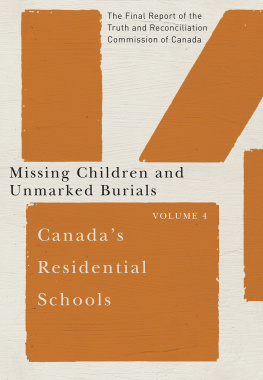

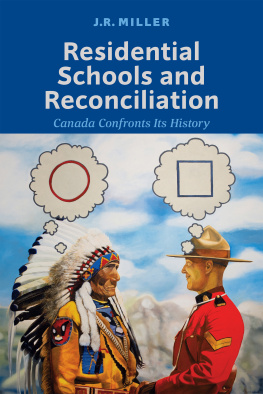
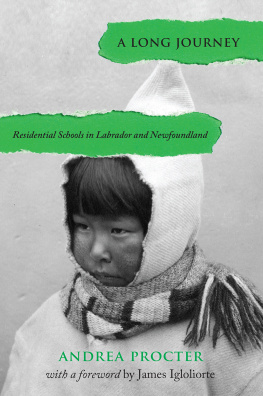

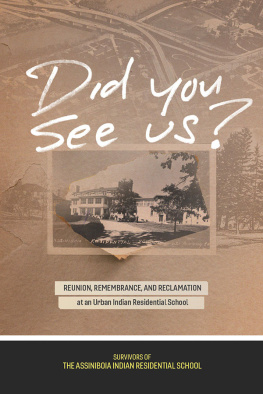
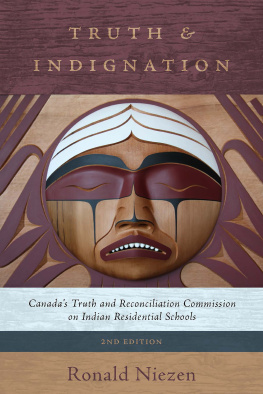
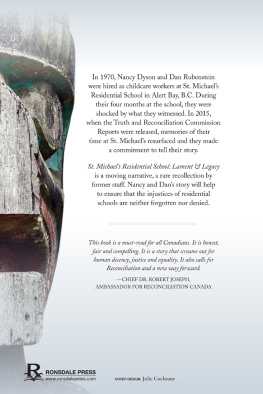

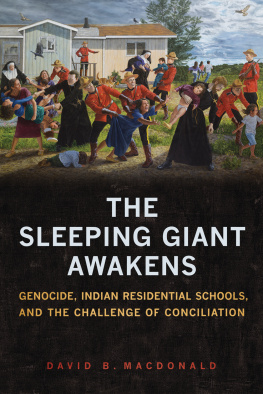
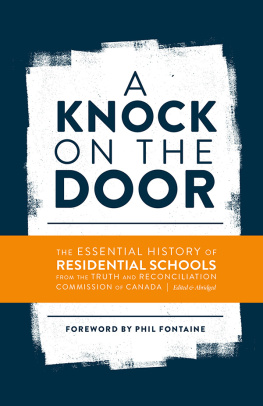



_copy_p.png)

_p.png)





